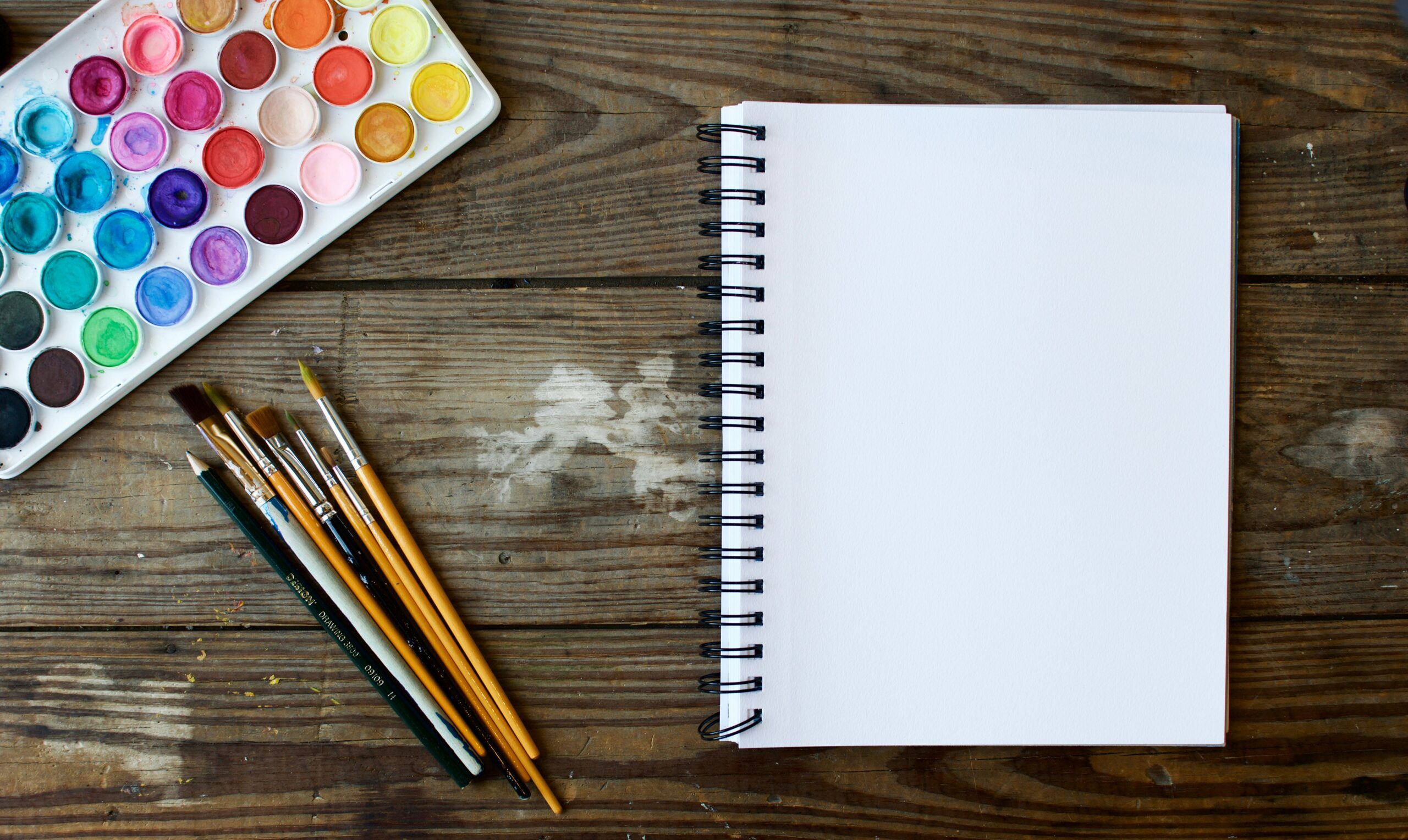Healing Trauma Through Artistic Exploration and Mindfulness
There’s something about a blank canvas that can feel both terrifying and thrilling. It’s an open space, waiting for expression—much like the parts of ourselves we’ve tucked away after experiencing trauma. Healing isn’t linear, and it certainly isn’t one-size-fits-all, but creative expression paired with mindfulness can be a powerful way to reclaim our inner world.
The Connection Between Art and Healing
Art has this incredible way of bypassing the logical, overthinking part of our brain and tapping into the raw, unfiltered emotions underneath. When words feel insufficient or impossible, painting, drawing, sculpting, or even collaging can provide an outlet for pain, anger, and grief. Studies have shown that engaging in creative activities can lower cortisol levels (the stress hormone) and increase dopamine, the feel-good neurotransmitter. In other words, making art isn’t just an act of expression—it’s self-care for your nervous system.
Mindfulness: Anchoring in the Present
Trauma has a way of keeping us stuck in the past or anxious about the future. Mindfulness helps us anchor in the now, which is exactly where healing happens. When combined with art, mindfulness turns creative expression into a grounding practice. Whether it’s noticing the way paint spreads across a canvas, the texture of clay between your fingers, or the rhythmic motion of a pencil sketching across paper, the act of creating becomes an exercise in being present.
Ways to Incorporate Art and Mindfulness into Healing
1. Freeform Art Journaling: Let go of the idea that it needs to “look good” and simply let your hands move. Scribble, splash color, tear paper—allow yourself to feel without judgment.
2. Mandala Drawing or Coloring: The repetition of patterns can be incredibly soothing and meditative. Plus, creating within a circle symbolizes wholeness, which can be a gentle reminder of your own inner completeness.
3. Clay or Sculpture Work: The tactile nature of working with clay can be deeply grounding. The pressure, shaping, and smoothing movements can serve as both a metaphor and a physical practice of reshaping your inner world.
4. Music and Movement: Not all art has to be visual. Dance, play an instrument, or even hum along to a song that resonates with your emotions. Letting your body move freely can help release tension stored from trauma.
5. Mindful Doodling or Zentangle: The process of slow, intentional doodling can be a way to focus and self-soothe, much like deep breathing or meditation.
The Courage to Create
Healing through art doesn’t require skill, talent, or the “right” materials—it only requires a willingness to explore. Trauma can make us feel like we’ve lost control, but creative expression offers a way to reclaim agency over our own stories, even if we start with just one brushstroke at a time.
So grab that pen, that paint, that lump of clay—whatever calls to you. Make a mess. Let it be imperfect. Let it be healing.


